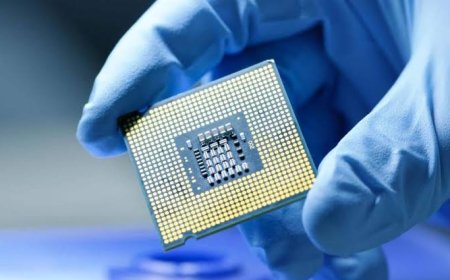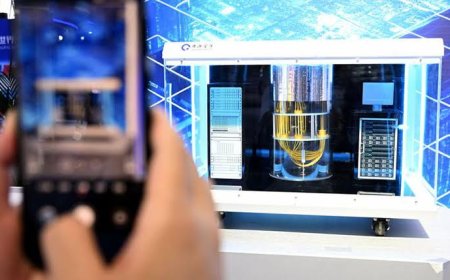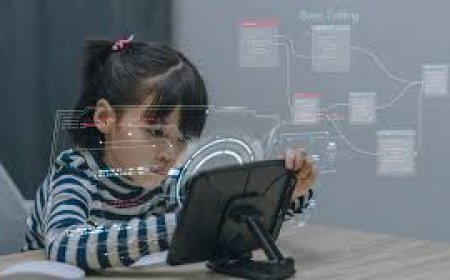AI is going to schools in the developed world, are we ready?
The Xi Jinping administration is going to include artificial intelligence (AI)-based subjects in the curriculum of primary and secondary schools in China, along with traditional education, starting from September 1, 2025. As part of their long-term plan, students will have the opportunity to receive basic concepts and practical education in AI technology from an early age. This will make China's future generations more skilled in a technology-dependent world.

In view of this move by China, preparations have also begun in the United States to launch AI-based education programs. The Donald Trump administration has already announced that artificial intelligence-based education will be mandatory from the primary level. The goal is one and the same – to develop the next generation with future technology and prepare them to face global challenges.
These groundbreaking initiatives can be an excellent role model for a developing country like ours. Although many educational institutions in Bangladesh do not yet have adequate technological facilities, initiatives can be taken to include AI subjects at the primary and secondary levels according to a step-by-step plan.
Initially, short courses on artificial intelligence can be launched on an experimental basis in a few selected and dedicated schools in every upazila of the country. This will gradually create awareness, interest, and skills about AI among teachers and students. Along with this, there will also be an opportunity to learn about the positive use and safety of technology.
If it is not possible to implement the AI curriculum at the primary level, then initiatives can be taken to introduce basic computer education on a hands-on basis for at least 1 day per week or 6 hours per month. In this way, children in remote areas of the village will also get a touch of modern education and will have the opportunity to dream of entering the world of technology.
Through which students will be able to know and learn-
(1) Introduction to computer parts,
(2) Basic typing and mouse operation,
(3) How to use Google or other search engines to collect information,
(4) Use drawing or story writing software
These will familiarize children with technology,
(5) Basic coding and programming, etc.
Finally, it can be said that the main objective of this type of education will be to teach students to use technology in their hands. To make them suitable for adapting to new technology, and to inspire future innovative thinking and research.
Along with the conventional education system, our education system should aim to develop skilled and knowledge-based human resources suitable for the 21st century, who will not only be educated for jobs, but will also be qualified to innovate new technologies, research and lead the world.

















































